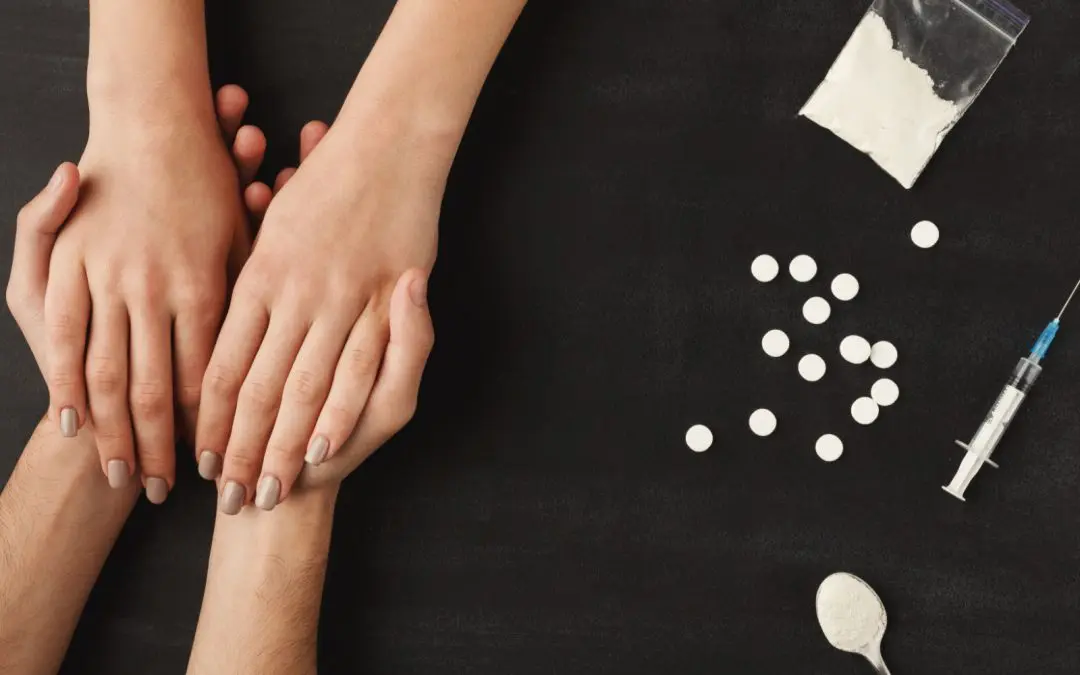24/7 Helpline:
(866) 899-221924/7 Helpline:
(866) 899-2219
Learn more about Dual Diagnosis Rehab centers in Pleasanton
Dual Diagnosis Rehab in Other Cities

Other Insurance Options

Medical Mutual of Ohio

Highmark

Magellan Health

Absolute Total Care

Kaiser Permanente

Evernorth

Ceridian

Premera

Anthem

UnitedHealth Group

Multiplan

Group Health Incorporated

Health Partners

WellPoint

CareSource

Meritain

Oxford

Health Net

Access to Recovery (ATR) Voucher

Cigna

Bay Area Community Services – Valley Wellness Center
Bay Area Community Services – Valley Wellness Center is a private rehab located in Pleasanton, Calif...

Axis Community Health
Axis Community Health is a private rehab located in Pleasanton, California. Axis Community Health sp...

AA – Alcoholics Anonymous – Tri-Valley Fellowship
The Alcoholics Anonymous (AA) Tri-Valley Fellowship is an alcohol addiction treatment program in Ple...

ACA Family Adult Child and Codependency Counseling
ACA Family Adult Child and Codependency Counseling is a private rehab located in Pleasanton, Califor...

Center for Discovery Pleasanton
Center for Discovery Pleasanton is a private rehab located in Pleasanton, California. Center for Dis...

Southeast Kansas Mental Health Center – Pleasanton
Southeast Kansas Mental Health Center – Pleasanton is a private rehab located in Pleasanton, Kansas....







